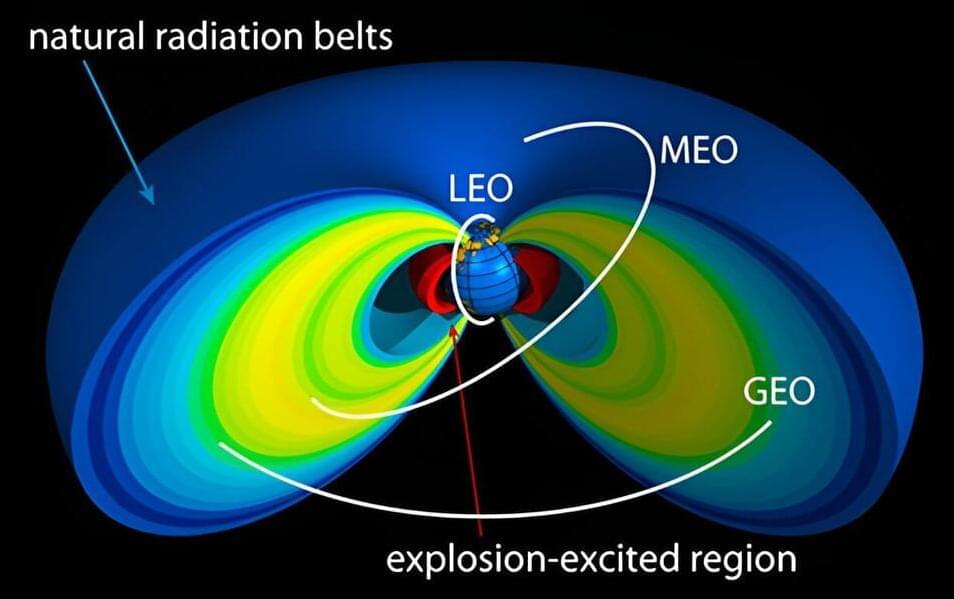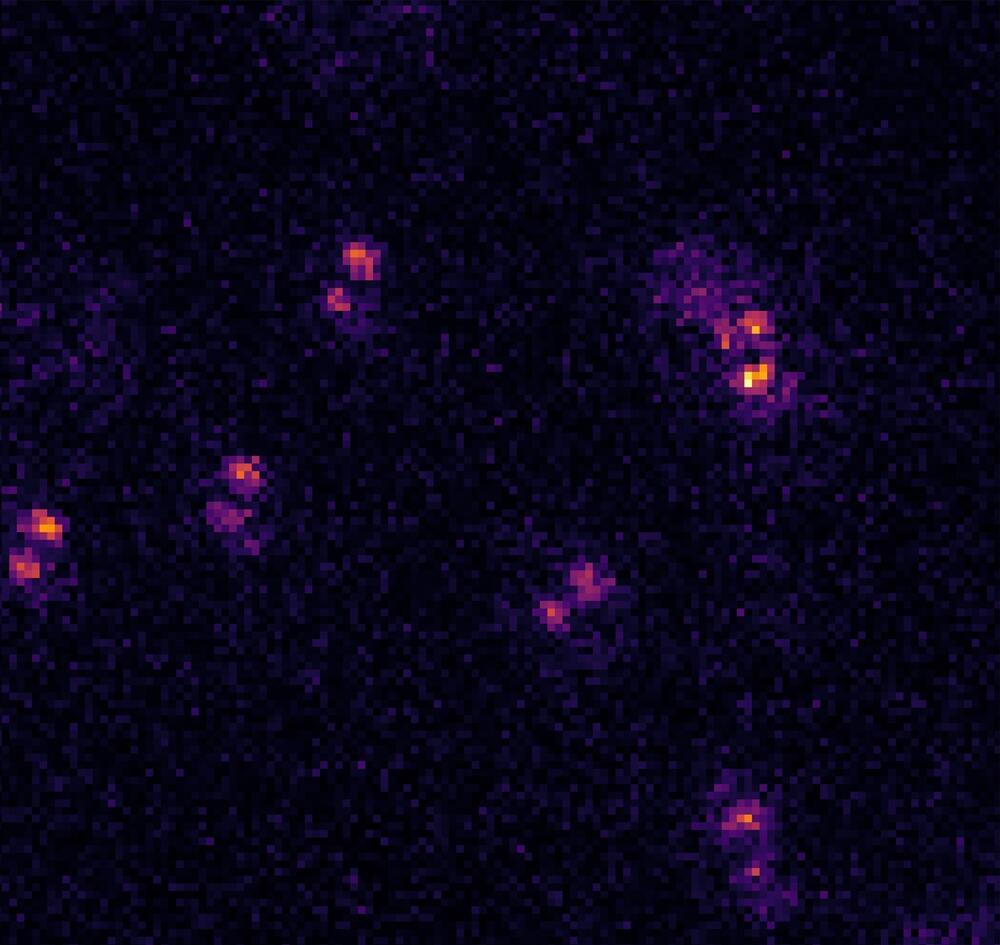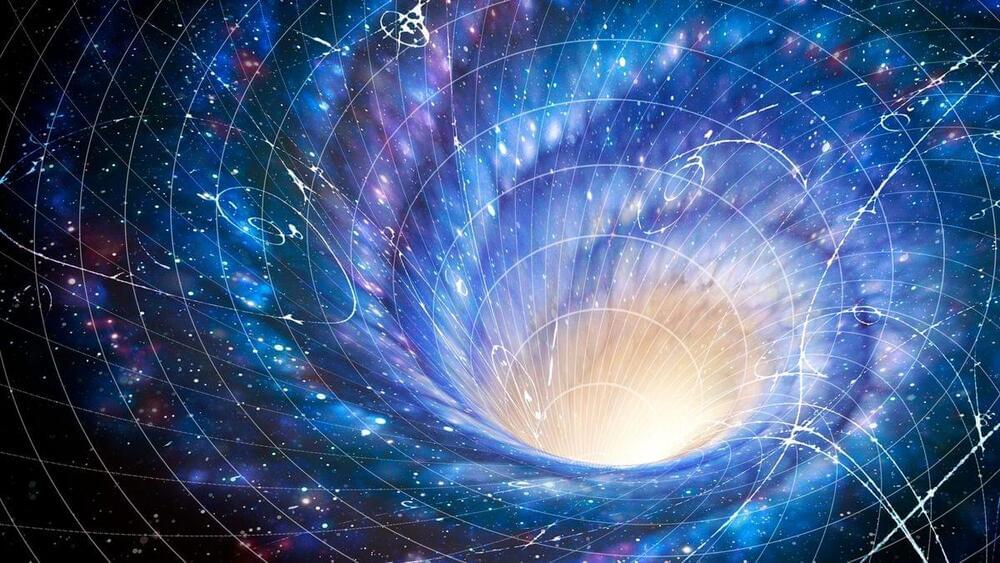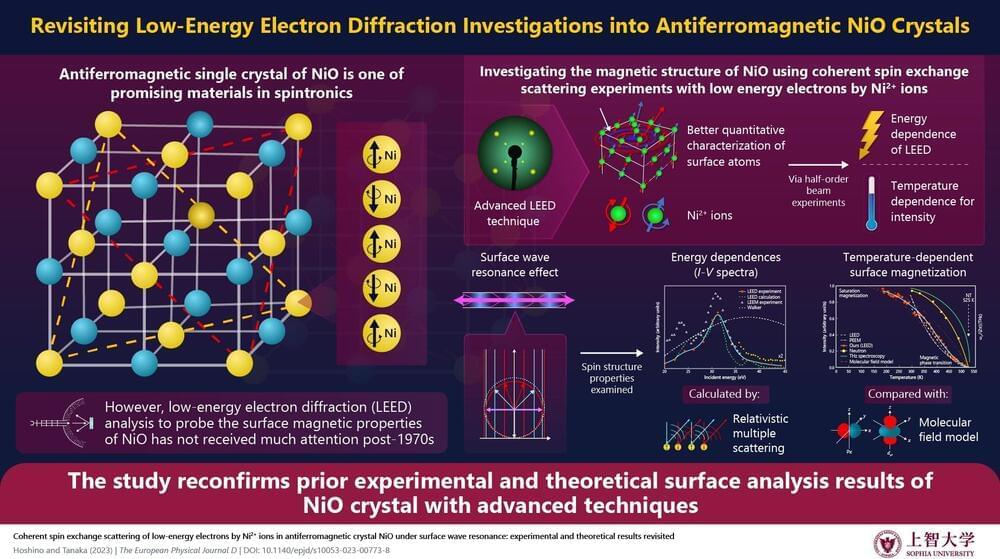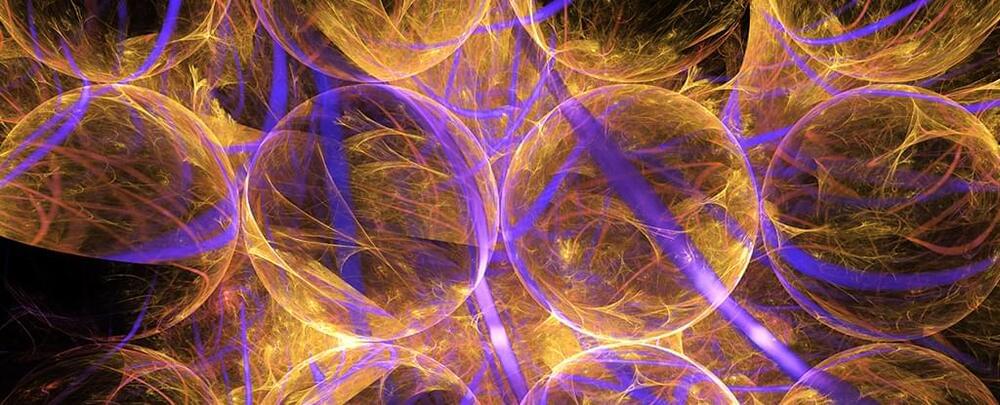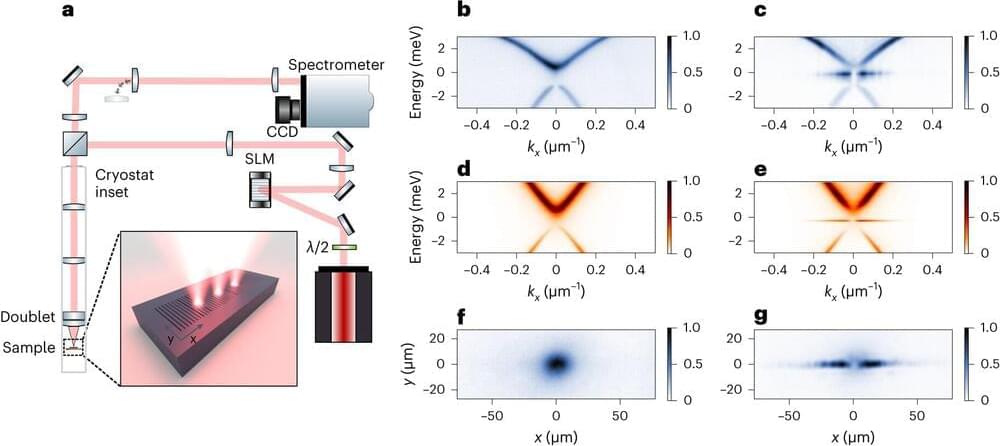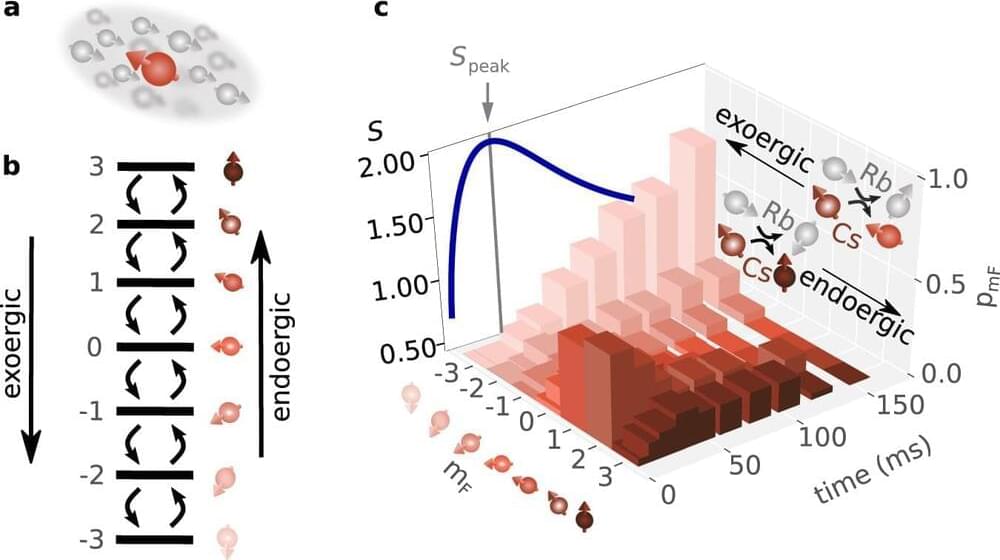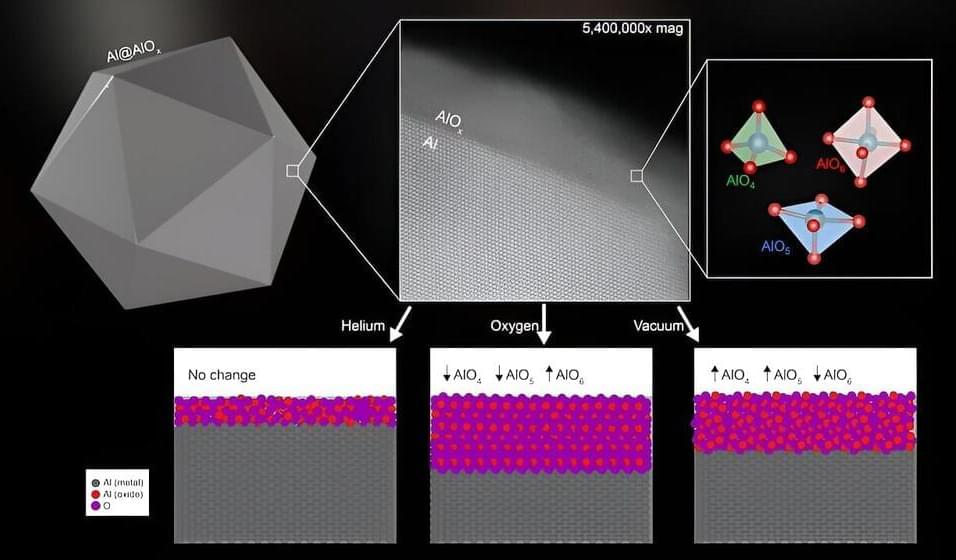Correcting 50-year-old errors in the math used to understand how electromagnetic waves scatter electrons trapped in Earth’s magnetic fields will lead to better protection for technology in space.
“The discovery of these errors will help scientists improve their models of artificial radiation belts produced by high-altitude nuclear explosions and how an event like that would impact our space technology,” said Greg Cunningham, a space scientist at Los Alamos National Laboratory. “This allows us to make better predictions of what that threat could be and the efficacy of radiation belt remediation strategies.”
Heliophysics models are important tools researchers use to understand phenomena around the Earth, such as how electrons can become trapped in the near-Earth space environment and damage electronics on space assets, or how Earth’s magnetic field shields us from both cosmic rays and particles in solar wind.
